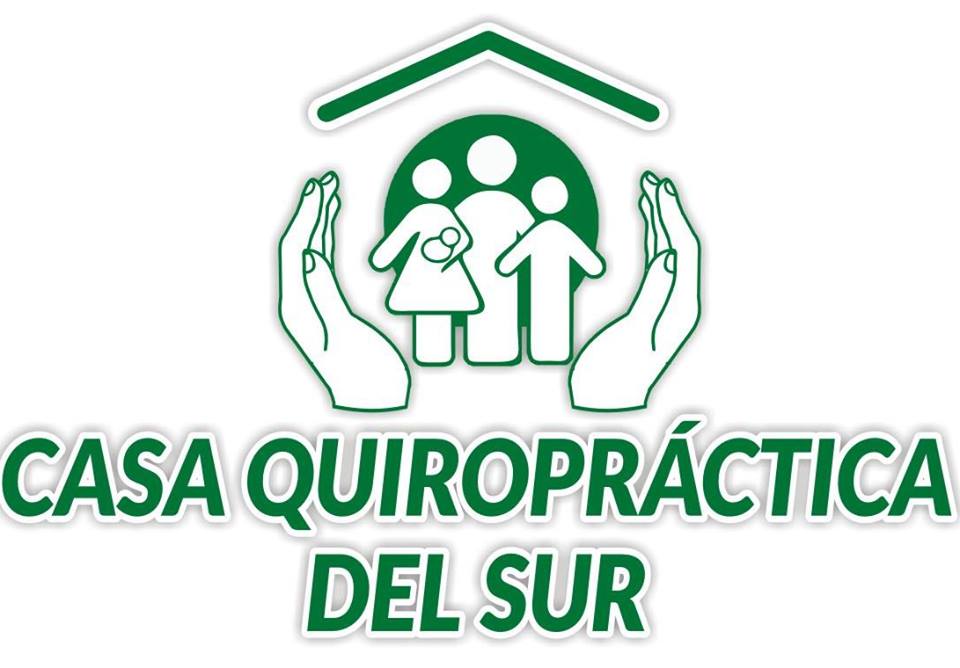Vértigo
La sensación que nuestro alrededor da vueltas y que nada esté quieto, acompañado de inestabilidad, nauseas, vómitos, etc. son consecuencias del vértigo.
Una disfunción en la columna cervical alta (propioceptores C1-C2) y/o en las estructuras vestibulares (oído interno), que desempeñan un papel importante en el equilibrio y la postura del cuerpo, suelen ser la causa de vértigo.
Esta disfunción puede ser producida por: caídas, lesiones, accidentes, latigazo cervical, etc. o estar relacionada con migrañas y enfermedad de Meniere, entre otros.
————————————————————————————————–
Study on Cervical Visual Disturbance and its Manipulative Treatment
From the abstract: “Determination of blood flow by x-ray in 18 of our cases shows that blood flow of the cerebral hemispheres greatly improves after manipulative treatment. The same is true in similar animal tests.”
From the paper: “At the 1978 year end 3120 cases of cervical syndrome of which 30 were associated with hypopsia and blindness were summed up with satisfactory results found after manipulative treatment. Vision was restored to no less than 1.0 in 4 cases with blind-ness.”
Zhang C, Wang Y,Lu W, et al. J Tradit Chin Med. 1984 (Sep);4 (3): 205-210
